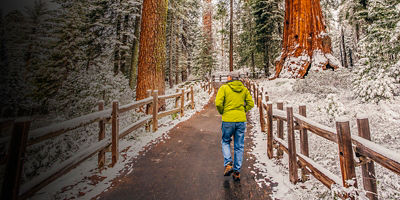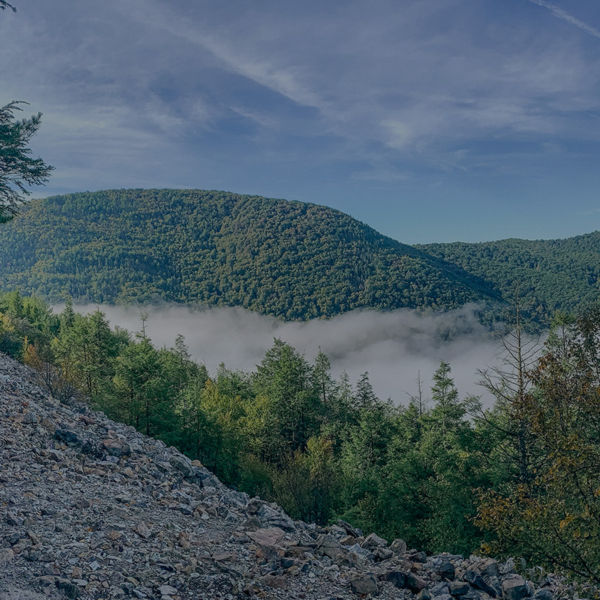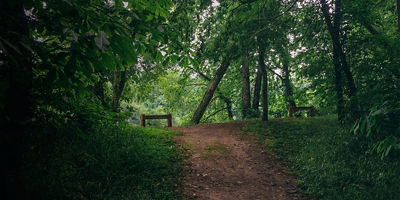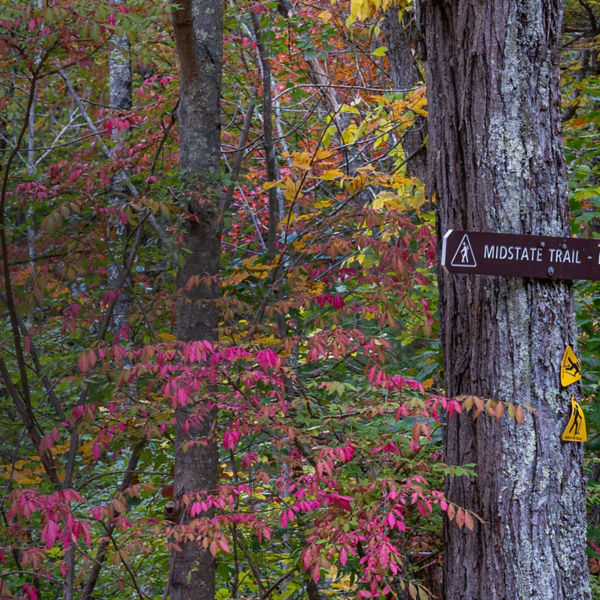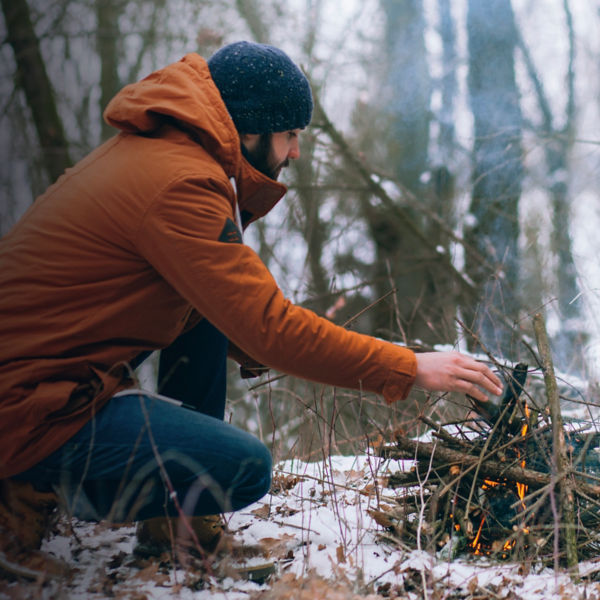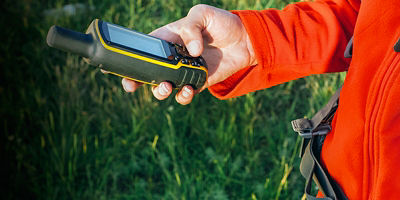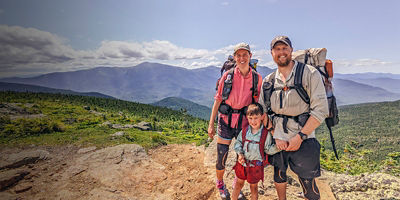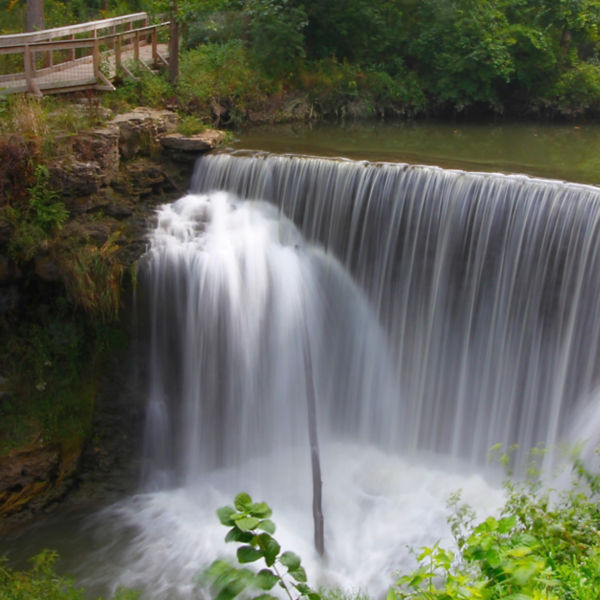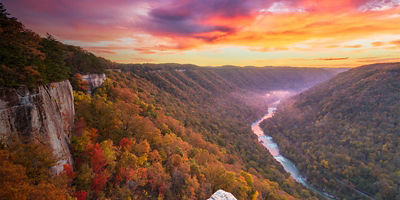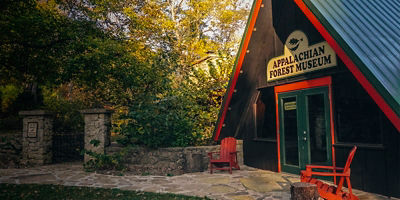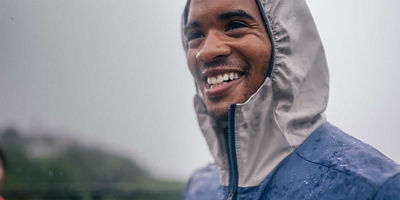
Ultralight adventures are more of an art than a science. After all, getting the ultralight game just right is about mastering the delicate balance of bringing exactly what you need and nothing more (and sometimes a little less). The experts among the fast-and-light crowd scrutinize function, look carefully at what’s going into their bags, and dig into warmth-to-weight ratios (often, the warmer something is, the heavier it gets). You’ve already done your research on the best ultralight packs, sleeping bags, and tents and now you’re ready to put it all together and hit the trail.
Learn here how to best approach ultralight hiking, plus other on-trail tips so you can have a safe, successful, and fun day (or few days) out.
Ways To Save Weight
Once you start looking at your kit with weight saving in mind, you’ll start to find endless ways to do so. If you’re looking to make gear upgrades to get your pack weight lighter, you’ll get the most impact by starting with the biggest weight offenders: your sleeping bag, backpack, tent, and sleeping pad. From there, you can only get more discerning. On trips where the weather and terrain abides, you might forgo a tent altogether or bring a bivy sack or lightweight tarp for shelter. Constantly evaluate what’s going into your pack, ditch duplicate clothing items, and ask yourself whether you need something or if you can reduce its weight. Are you using a big, bulky headlamp when a smaller, lighter one would suffice? Can your carbon fiber trekking poles double as your tent pole? Portion out toilet paper and swap out a waterproof backpack cover with a trash-compactor bag. Instead of carrying a travel tube of toothpaste, bring only the amounts you need in a lighter container or try minimalist toothpaste tablets. Are there tons of straps hanging off your pack? Cut off the excess!





